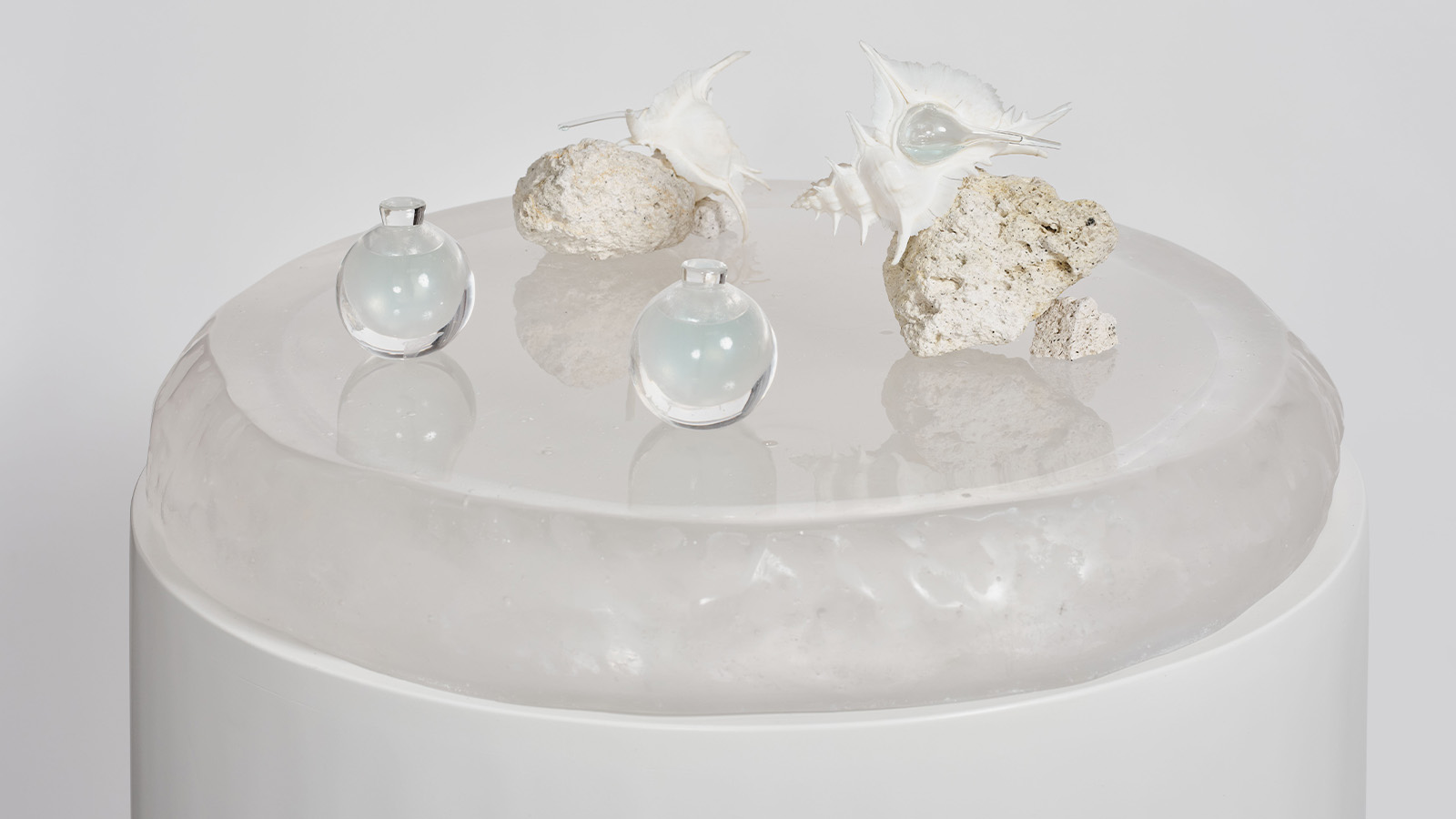
‘Overlapping with the Early Modern cabinet of curiosity or Wunderkammer, grottos were spaces in which creatives could playfully blur the boundaries between art and nature,’ says Krista Mileva-Frank. The MIT Architecture doctoral candidate was tapped by Los Angeles collectible design gallery Marta to curate a group show that probes how contemporary talents have upheld and reinterpreted this theme – one she has been researching for over five years – in varying yet transdisciplinary explorations. ‘Objects for a Heavenly Cave’ opens this weekend, running from 7 September until 12 October 2024.
'Objects for a Heavenly Cave' at Marta Gallery
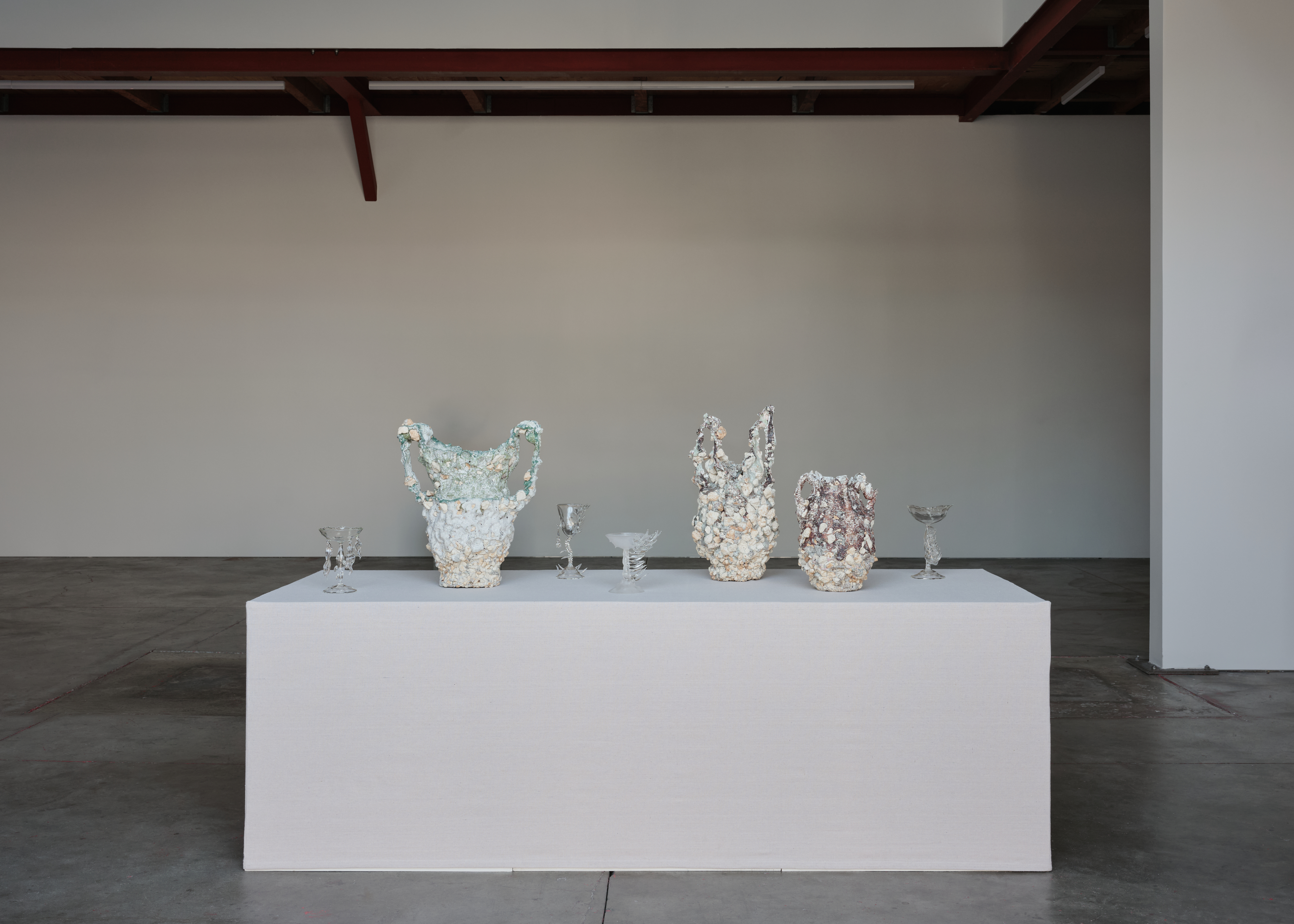
‘These were reconstituted cave-like environments – often situated with the subterranean level of large castles – in which collections of artworks, decorative arts pieces, and natural objects such as shells and coral commingled,’ she adds. ‘Most historical grottos were not constructed by professional architects. Rather, they were moulded by potters using ceramic techniques, assembled with rocks by masons and sculptors, drafted by scenic designers, or arranged into panels by shell artificers.’
These liminal spaces were aesthetic laboratories where human and non-human entities came together symbiotically; in some cases, attaining a mythological level of naturalistic spirituality.
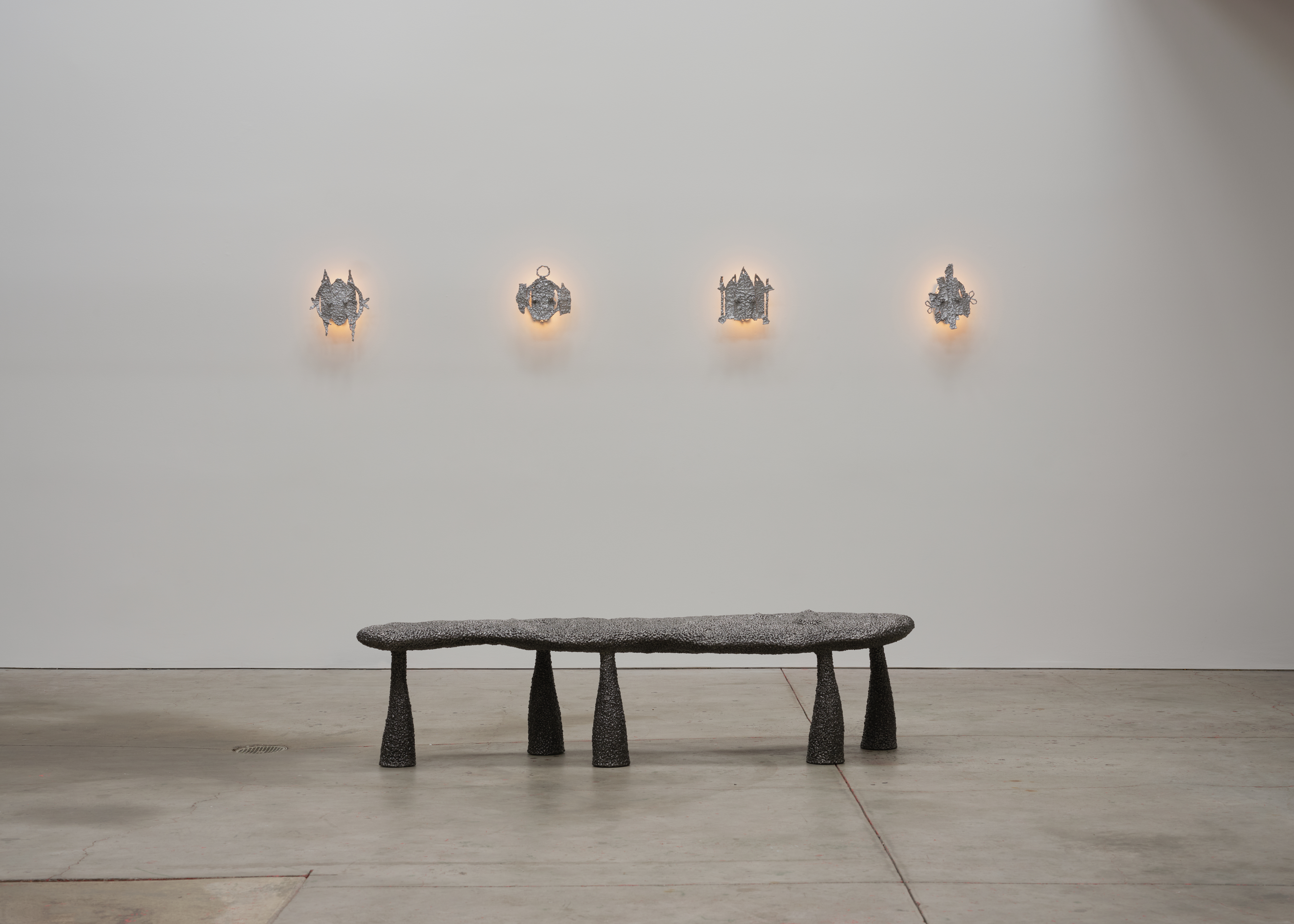
The ‘Objects for a Heavenly Cave’ exhibition brings together an illustrious roster of artists and designers (both individual practitioners and collective practices) that, as Mileva-Frank puts it, defy easy disciplinary categorisation. They include Sula Bermúdez-Silverman, Mr. Liz Hopkins, and MT Objects. These carefully selected talents were loosely prompted to respond to this sensorially rich, metaphysical touch-point of the grotto in new and recontextualised works.

‘For some, the grotto was a long-term object of fascination and inspiration, and for others it was an unexpected lens that unified various themes in their practice,’ Mileva-Frank reflects. ‘In many cases, the subject inspired fruitful exchanges.’
Valentina Cameranesi Sgroi revisited some of the manifold grottos in her native Rome, creating a series of borosilicate glass vessels inspired by the birds she found nested in their stony crevices.
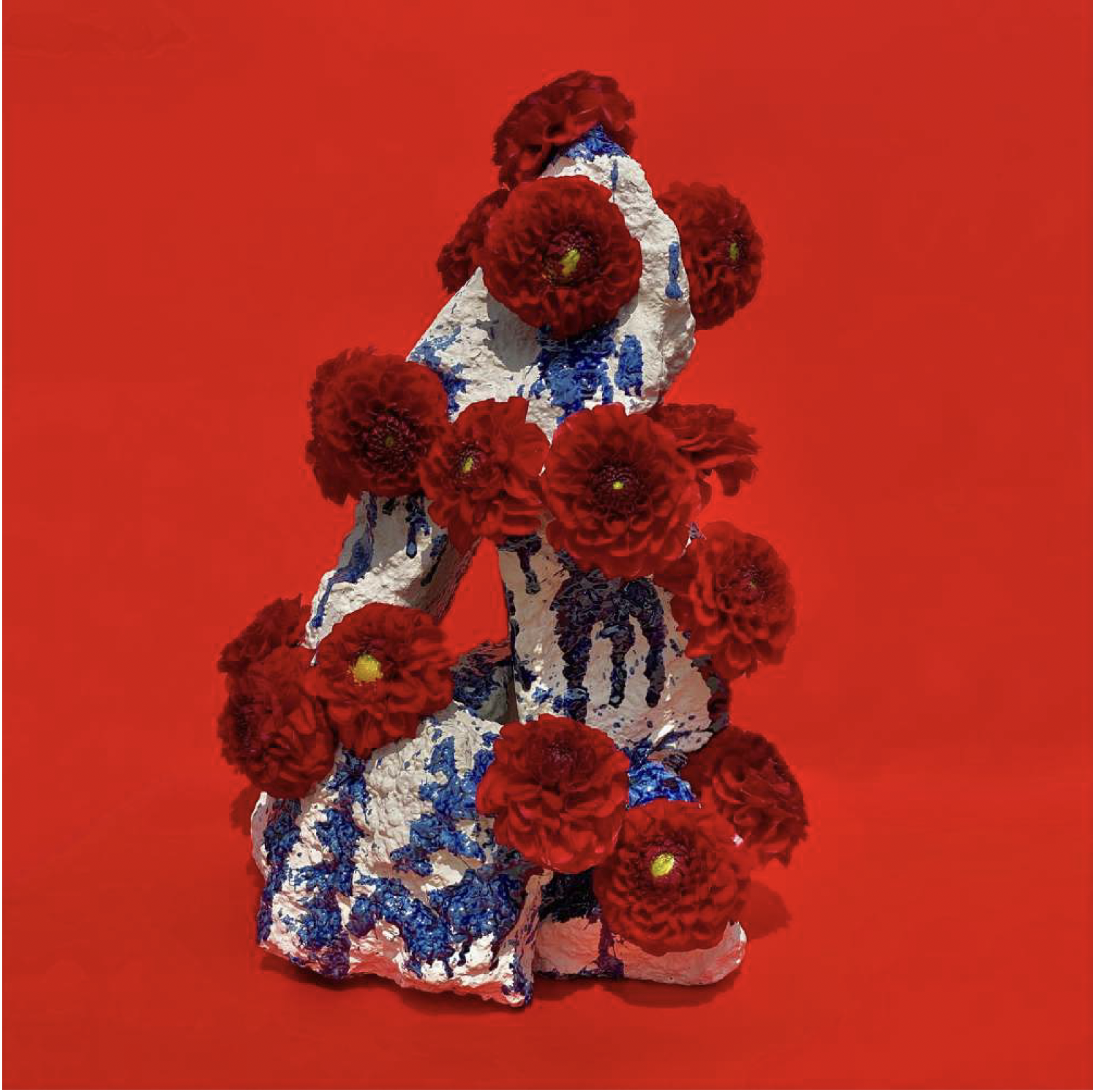
‘The grotto is a place of contradictions, something that the interplay of the works in the show expresses quite eloquently,’ the curator notes. ‘In the formulation “Heavenly Cave” (which alludes to art historian Naomi Miller’s 1982 book Heavenly Caves: Reflections on the Garden Grotto (1982), you have this idea of a space that is simultaneously ethereal and earthy, frightening and wondrous. The plurality of “Objects for a Heavenly Cave” suggests that what gives the grotto this unique quality is the way its various material components interact and are entangled. Hence the invitation implicit in the exhibition’s title – what does a grotto look like in 2024?’

Throughout the showcase, textural and conceptual juxtapositions emerge. Masaomi Yasunaga’s strikingly amorphous glaze, rock, and metal vessels play off Cameranesi Sgori’s pieces, achieved in a similar typology and surprising quality of vitreosity but entirely different in terms of material articulation and aesthetic. While both collections could be understood as functional, ‘framed as objects for a fantastical grotto’, they resist conventional categorisation.
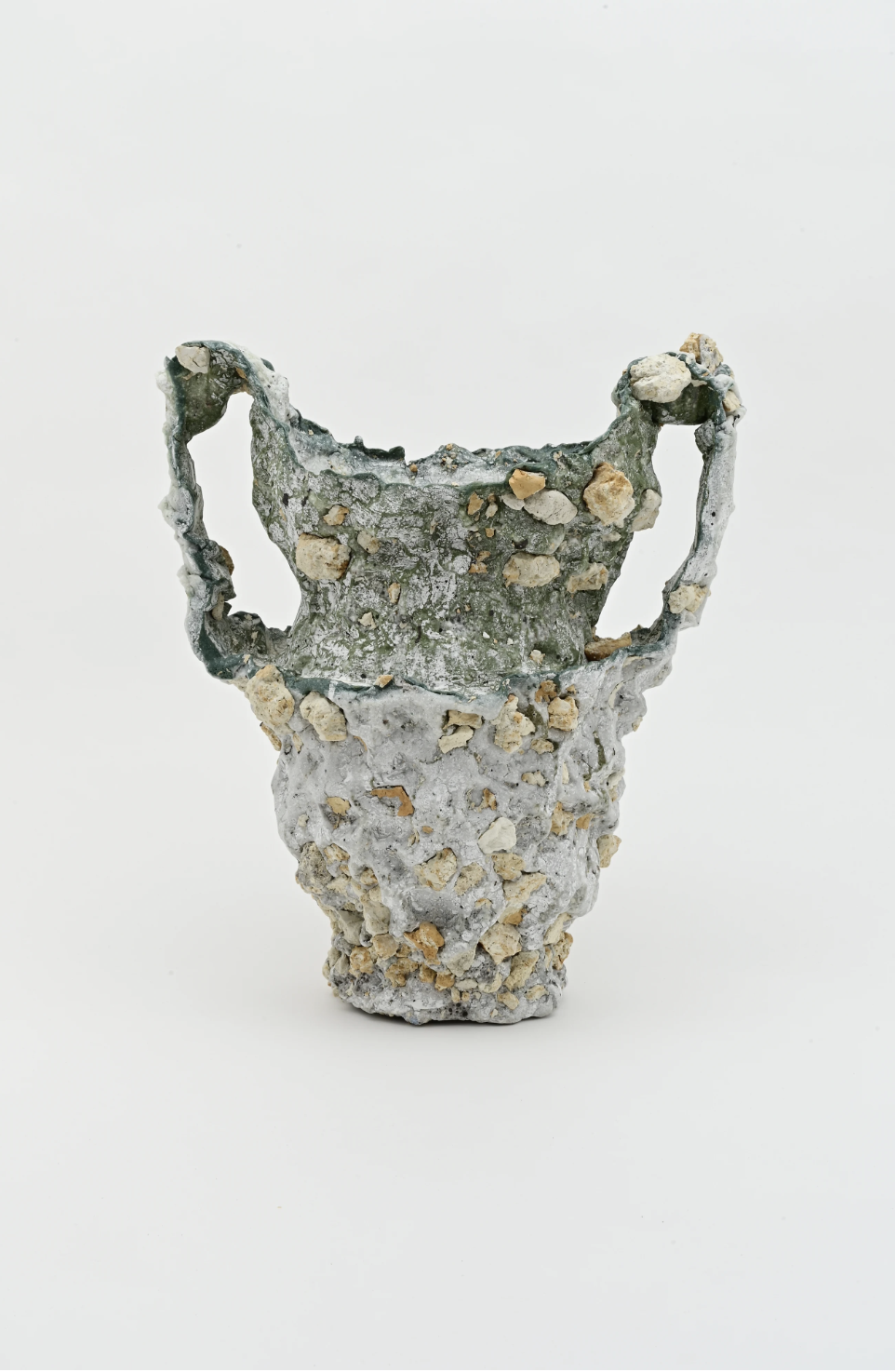
Mileva-Frank’s research focuses on the extended afterlife of the Renaissance-era structure that arose in 16th-century gardens as imitations of ancient Roman fountains and caves forged in the adoration of nymphs. ‘Grottos combined artifice (rustication, faux stalactites) with a multisensory experience of natural elements such as light sparkling on a fountain, damp stone and the scent of moss,’ she describes. ‘I think designers have returned to this form in the centuries since as a way of imaginatively contending with our inability to comprehend or control nature, especially during times of environmental transformation and crisis. In such a moment of ecological despoliation and lack of equilibrium as our own, the history of the grotto is again relevant.’
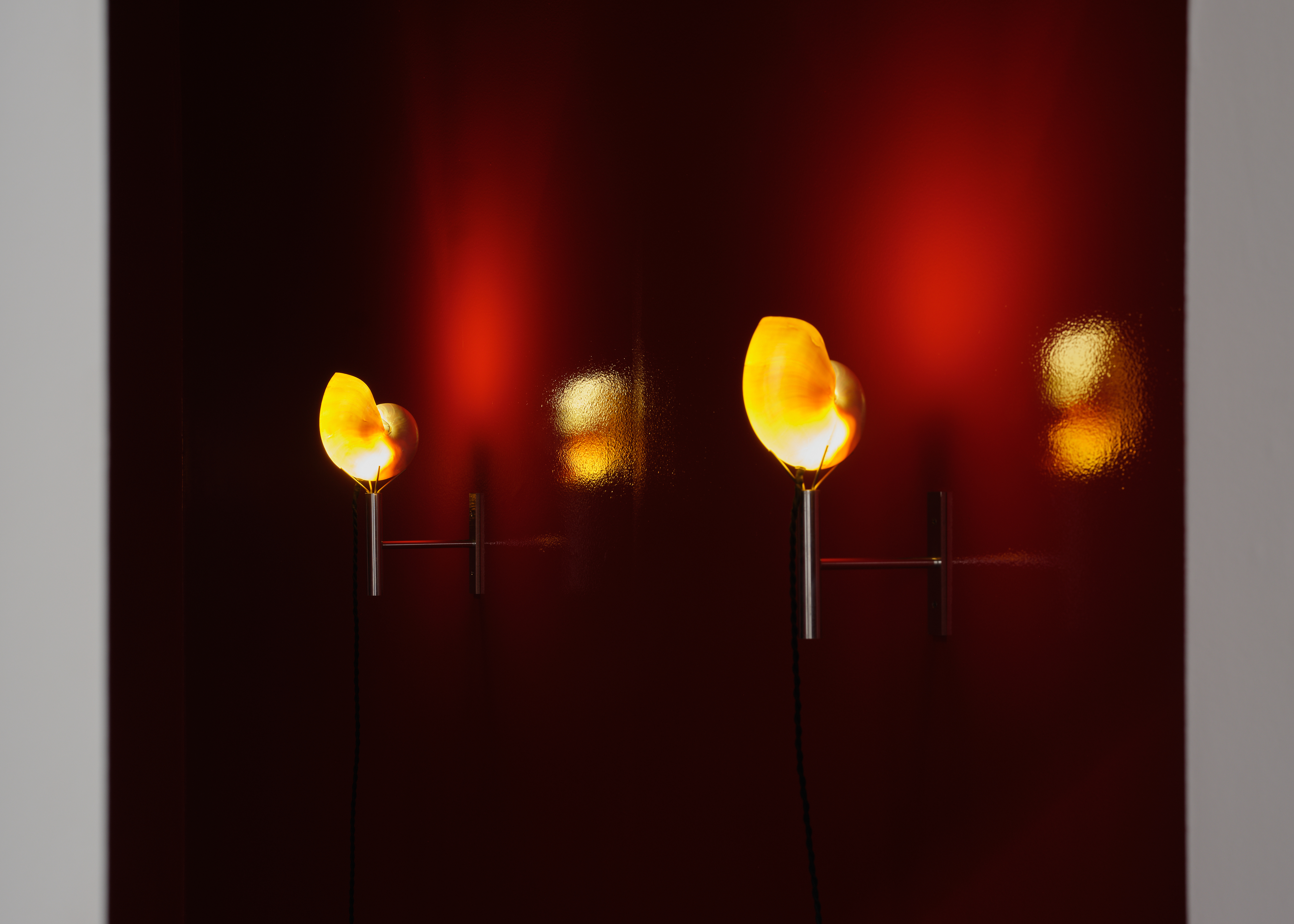
For Mileva-Frank, the appeal of caves as a place of hermetic retreat or womb-like shelter has been constant. It is a notion that gained particular popularity during the Atomic Age and influenced Mexican architects Juan O’Gorman and Carlos Lazo’s biomorphic residences. ‘The artificial grotto defies a simple notion of a primordial and pure nature to which we can return and for that reason I think it offers a great deal to inspire contemporary material practice,’ the curator adds.
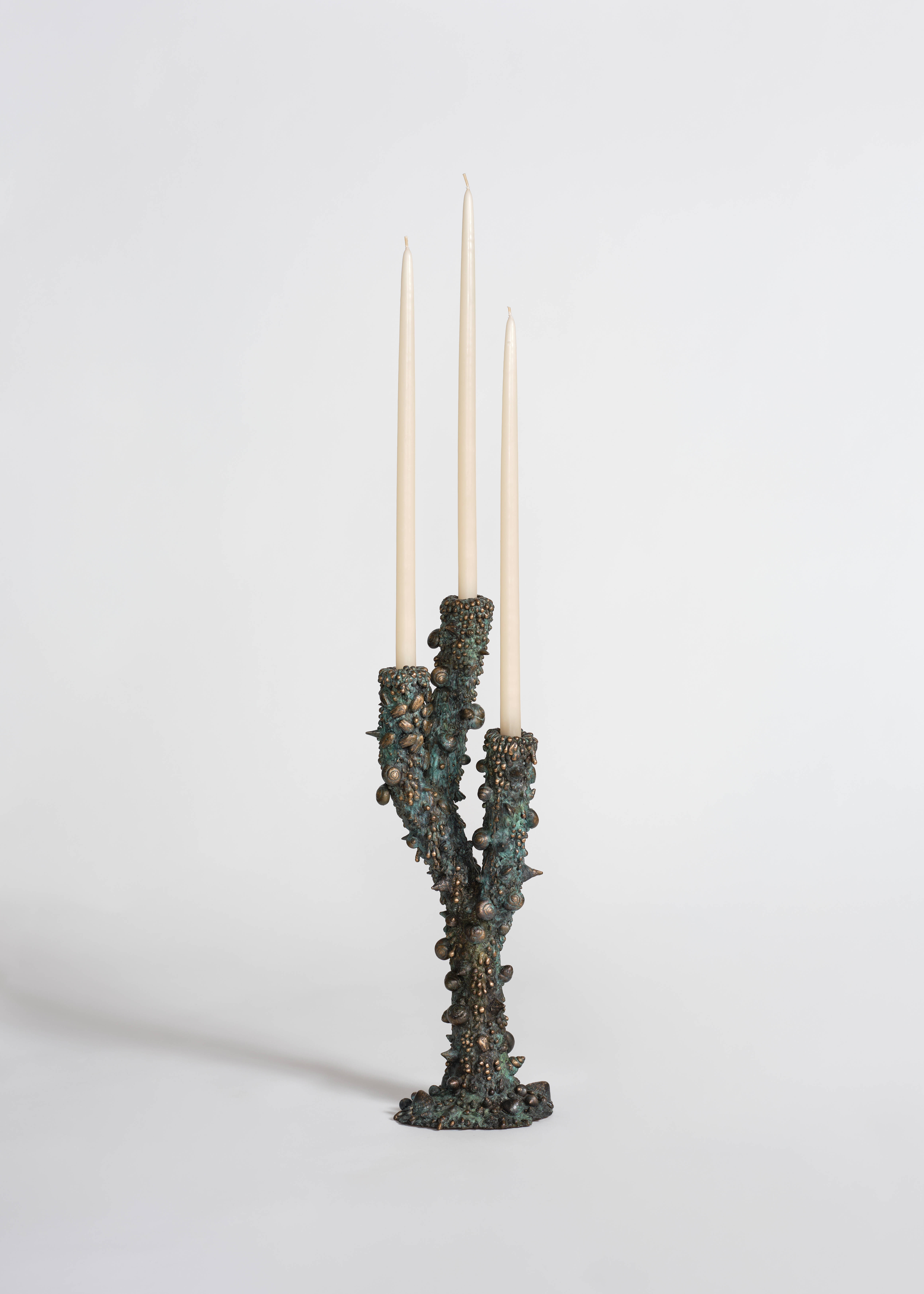
Whether or not they directly reference the history of the grotto, today’s designers and artists have been returning to its central motifs: the juxtaposition of industrial and natural materials for instance. Exhibited as part of the ‘Objects for a Heavenly Cave’ show, Ficus Interfaith’s ‘Crab Bucket’ and Charlap Hyman & Herrero’s ‘Nautilus Shell’ lamps exemplify this implicit and, in some cases, explicit tension. A History of Frogs’ runic sconces, James Naish’s prickly shell-studded candelabra, and Emily Endo’s scent installation for the exhibition play on the visceral and semiotic characteristics of relics in ‘faux’ application. The idea of methodically facilitating immersive, multi-sensorial happenings also comes into play much like how all-encompassing grottos were achieved as total works of art. ‘Lily Clark’s two sculptural fountains incorporate both aural and temporal components,’ Mileva-Frank concludes.
'Objects for a Heavenly Cave’ is on display from 7 September until 12 October, 2024
Marta 3021 Rowena Ave.
Los Angeles, CA90039–2004S
marta.la







